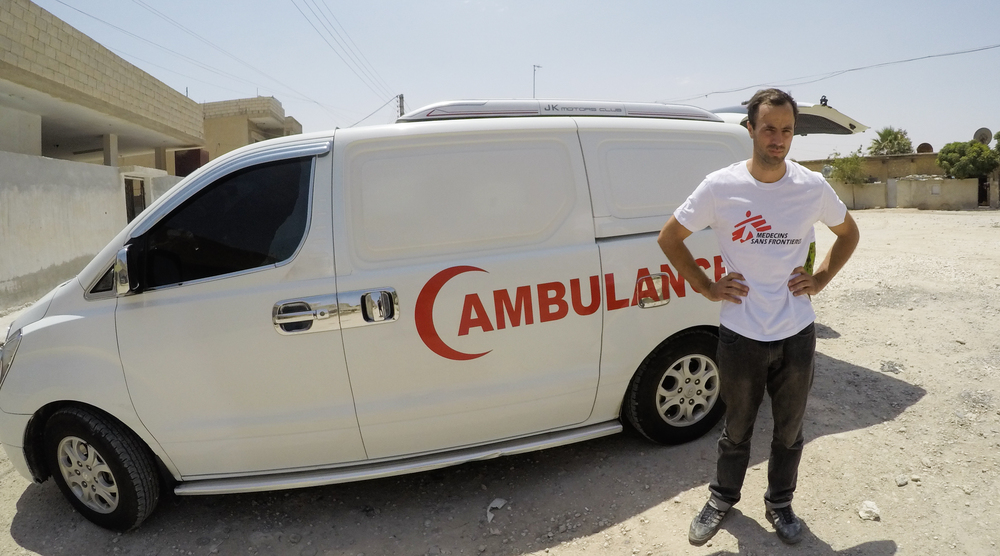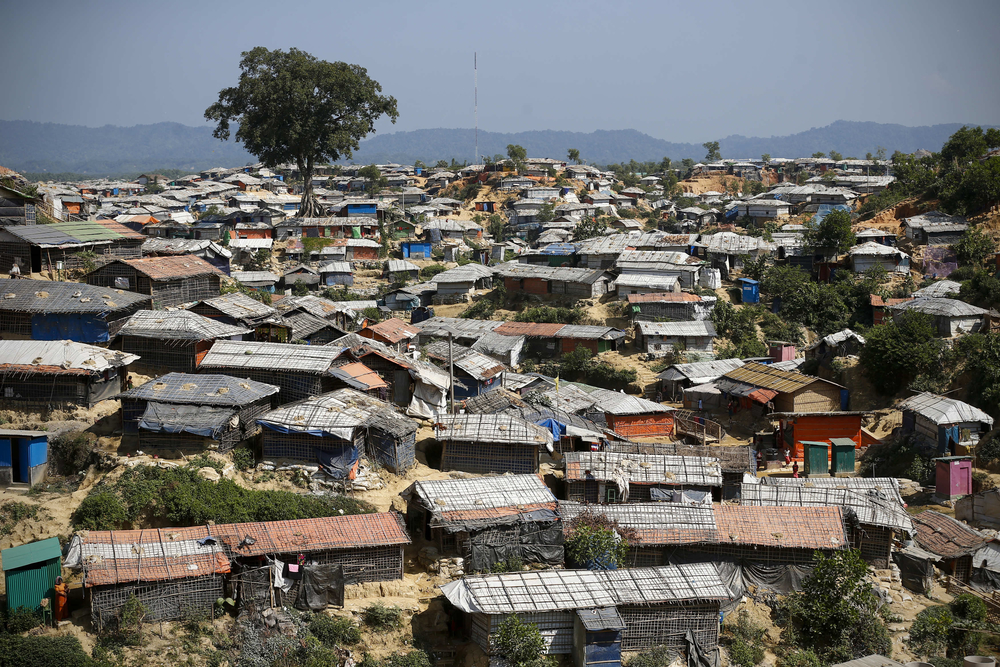“When I started my first assignment with MSF, I didn’t really have any idea of what to expect. Before going to the field, I went through initial inductions and training, I received recent reports from the field, but it was difficult to translate that into a real image of what day-to-day life was going to be. If I look back at what was memorable over the last six years, our response to the Rohingya crisis in Bangladesh, in the second half of 2017, was perhaps one of the most impressive things I’ve seen.
The situation was one of the most catastrophic and horrific that I’ve seen in my life, with close to 800,000 people fleeing extreme violence in Myanmar in a matter of months. Seeing hundreds of thousands of people displaced with nowhere to go and nowhere to sleep was devastating. Then to see the stretch of land in Cox’s Bazar suddenly transform into camps, that materialised out of nowhere, largely on the backs of the refugees building their own houses was just incredible.



